If you’re looking to expand your practice’s patient base, it may take more than posting a sign in your office lobby. A notice that you’re “Welcoming New Patients” may attract some folks to your practice, but keeping them around for the long-term requires that you accommodate their needs.
Adapting to the meet the underserved needs of certain patient populations can not only attract people to your practice but also make them more satisfied with their experiences under your care.
So go ahead and send out a mailer to your neighbors – but consider making some of these changes before you do.
1. Be MultilingualYou already have an interpreter on speed-dial for access in the event that a non-English speaker visits your office, as you must to be compliant with Title VI of the Civil Rights Act. But what about expanding your language offerings even further?
If you have a large or growing population of Limited English Proficient (LEP) speakers in your community, becoming a multilingual practice can work strongly to your advantage in patient acquisition.
By hiring just two fully bilingual individuals – one clinician and one administrative employee – and having a back-up interpreter available just as you do now, you can easily offer greater “language access” to your patients. Once in place, promote such enhanced services to potential patients.
If the appeal of this accommodation measure proves popular and helps your practice grow, you can expand your multilingual capabilities to meet your expanding needs by printing patient forms in multiple languages, taking on hires with additional language competencies or incentivizing existing staffers to become multilingual.
2. Have an Obese-Friendly Design
The CDC’s most recent data found that nearly 34 percent of U.S. adults over the age of 20 are obese. Considering that the obese make up over a third of the population, it’s worthwhile to accommodate their needs in your medical practice’s design scheme. Doing so benefits your practice and those obese patients.
If an individual feels uncomfortable in your waiting room or exam room, he’s less likely to return and work at improving his health. If he does feel comfortable (and thus more welcome), he’ll be more satisfied with his patient experience, more likely to return and more apt to recommend your practice.
Take a walk through your office: Do you offer bariatric-quality seating and reinforced exam tables? Are your doorways, halls and restrooms accommodating in size? Does your medical equipment sufficiently support heavier individuals?
Upgrades in these areas are valuable investments, since they help you provide your services in an environment more comfortable for a major segment of the population.
3. Provide After-Hours AppointmentsEvery busy professional understands how difficult it can be to find time to sneak away from work to get personal business accomplished. Yet remarkably few doctors’ offices accommodate the 8-5 crowd by offering appointments during nontraditional hours.
A change as simple as closing your office later one day per week can make a big difference to your patients. Laura Lee Joiner, M.D. opted to do just that in her OB/Gyn Resident Continuity Clinic at the University of Alabama, Birmingham.
“This really is a service to accommodate those patients that want to maintain their health-care maintenance but don’t want to take time off from work or can’t afford to take time off,” said Joiner, who runs an after-hours clinic on Mondays.
And it may not just be your patients who appreciate nontraditional scheduling. A later end-time for your employees also means a later start time – something that may make it easier for your staffers to handle their own personal business… like their doctors’ appointments.
4. Offer ChildcareStay-at-home parents may have a leg up on their employed counterparts when it comes to finding time to see the doctor, but they’re saddled with a different challenge as they travel to and from your practice: their children.
Even if, unlike many physicians, you’re OK with children accompanying their parents to doctor visits, the presence of children becomes a problem when the parent needs to have procedures performed or treatments rendered.
Parents are largely accustomed to this issue and know to track down childcare as necessary. But when they fail to find a sitter or their planned arrangements fall through, parents are forced to cancel (or just plain miss) their appointments – a lose/lose situation for their health and your practice’s bottom line.
Offering in-office childcare can reduce rescheduling and no-shows while earning your practice a family-friendly reputation. Provided you have the space, there’s little investment required – beyond hiring an experienced childcare professional and equipping a play-space with toys and books – to adding this feature to your practice.
What services do you provide to better accommodate patients?
__________________________________________

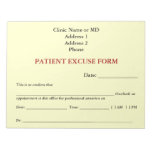
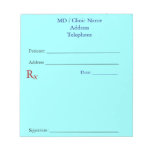
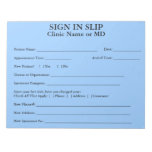
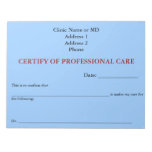


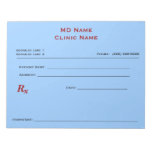
No comments:
Post a Comment